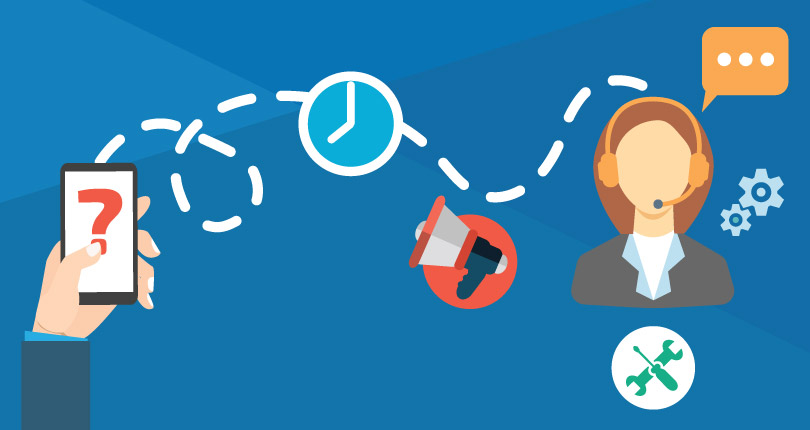
In today’s ultra-competitive business world, mobile technology, and social media have made the customer king. No longer is it enough for a company to have quality products and services. In order to truly stand out from the competition and build a solid reputation, companies need to provide quality customer service on a consistent basis.
Fortunately, today’s customer call centers are experiencing a massive influx of structured and unstructured customer data. And the insights gained through customer data analysis can help companies create the kind of customer service experience that attracts new customers, drives customer retention and advocacy, and creates a competitive edge.
What follows is a look at how corporate call centers can leverage big data analytics to improve customer service.
Speech Analytics
Calls between customers and call center agents are brimming with information that, with the aid of speech analytics, can yield valuable insights that organizations can use to improve the customer experience.
At the agent’s end of the conversation, speech analytics algorithms can identify knowledge gaps and areas in which the agent might require more training. Call data analysis can also differentiate which agents are passive or proactive, and which are the least successful at meeting customer needs. Steps can then be taken to provide further education and training to help improve agent skills and performance. Speech analysis software can also be set up to monitor for key phrases and then prompt the agent in real-time with proactive response alternatives based on those phrases. It can also identify which types of calls are the most challenging for agents to handle. These calls can then be segmented so that they can be dealt with more effectively.
On the customer’s side of the call, real-time speech analytics systems can gauge customer emotion and satisfaction by analyzing their voices for tone and sentiment. Algorithms can also pick up silence patterns that, when factored in with tone, vocabulary, and pitch can reveal when customers are frustrated and on the verge of getting angry. Tone analysis can also signify age, which can be helpful in determining the effectiveness of a marketing campaign on a particular age segment.
Interactive Voice Response (IVR) Analytics
Companies that utilize automated IVR systems have a veritable treasure trove of data that can be analyzed to improve the quality of the customer experience.
After all, many customers who are greeted by linear thinking IVR systems instead of human voices already assume that their self-service experience is going to be less than favorable. Conducting IVR data analysis can produce valuable insights that answer important questions such as:
What percentage of callers were inaccurately identified, and why?
How many customers who stated specific reasons for calling were misrouted to the wrong queue, and subsequently had to be transferred?
What percentage of customers opted out of the IVR call flow by hitting zero to talk to an agent, and at which prompt did most of them?
Which types of calls were handled by the IVR without the customer having to speak to an agent? And what was the quality of those IVR-only calls when compared to agent-handled calls?
With insights into these and other questions, organizations can improve their IVR systems, making them more clear, efficient, and user-friendly in responding to callers, thus providing a more satisfying customer experience.
Cross Channel Analytics
The tech explosion has created multiple channels through which today’s customers expect to be able to reach and interact with call center agents. Armed with mobile devices, customers can call, email, chat, use social media or mobile apps, and a host of other sources to make contact. The data flowing in from each of these channels contains valuable customer insights. Cross-channel analytics enables organizations to identify and evaluate the various channels that customers use to interact with them and to determine which channels to use to optimize interactions with their customers.
Predictive Analytics
Through customer data analysis companies can accurately predict customer behaviors and trends and act on them preemptively. Predictive analytics also identifies the most effective approaches for communicating with customers. This information can be used in training to boost call agent effectiveness and improve the customer experience. As an added bonus, more effective communication reduces handling time and operating costs. Predictive analytics models can also be used to help organizations determine which operational changes would be the most effective at improving the call center’s overall performance. Analysis of external factors, such as monitoring social media streams for brand mentions or specific issues with a product or service can predict spikes for inbound traffic and help customer service respond to both traffic and content related to this external monitoring.
Performance Analytics
In the past call center managers relied on daily reports and roll-ups to attempt to get a picture of how well things were going. But this type of reporting didn’t always provide an accurate picture of what was working and what wasn’t with respect to agents, teams, and strategies. Today many call center analytics solutions offer online reporting and dashboard views of critical performance data, both real-time and historical, in context. Armed with up-to-date information and insights, organizations take proactive steps to ensure the best possible experience for their customers.



